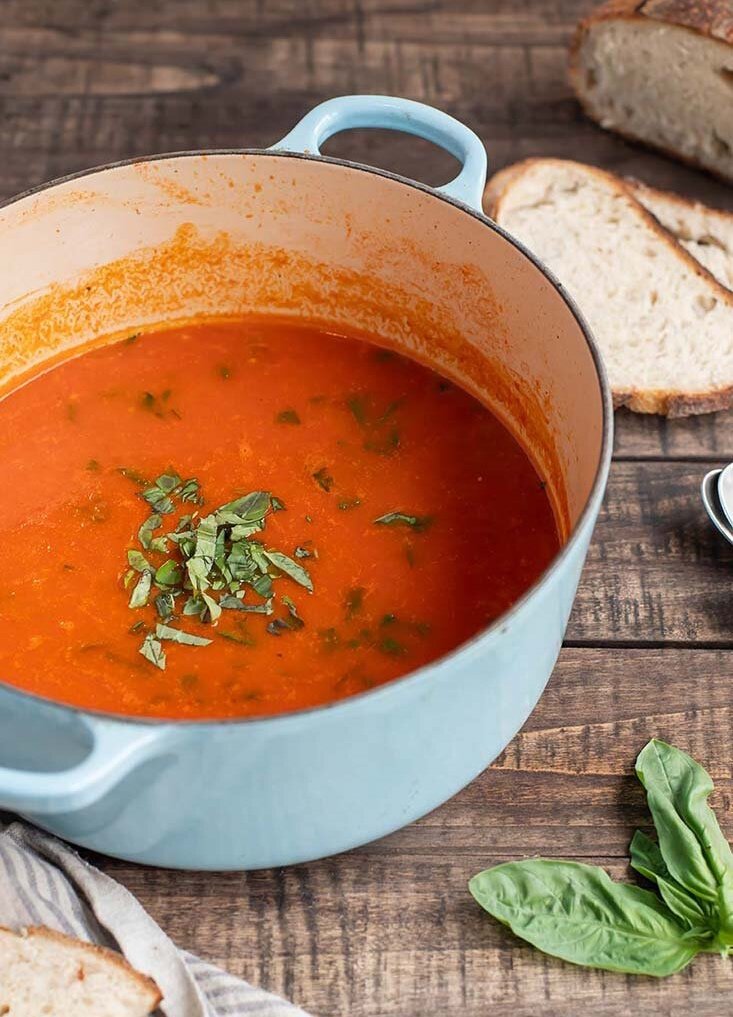Seared & Curried Eggplant (Paleo & Vegan)
/I wasn't going to post this recipe today. I was going to post a recipe for a gorgeous chia pudding with berries and bananas. Very red, white and blue, you know. Thing is, I just couldn't get myself excited about it. It was great, it was fine, but it felt so ho-hum sitting next to this recipe. Now this recipe--this has flavor. This gets me excited.
Eggplant? Exciting? Yea, you heard me. If you had asked me a few years ago if eggplant was exciting, I would have laughed. The first thing that would have come to mind is that slimy Eggplant Parmesan with soggy breading that we all know and hate (some Eggplant Parmesan is delicious, but the bad versions are quite bad).
I don't know when I first tried Baingan Bharta (Eggplany Curry), but it's the dish that redefined eggplant for me.
I've had this dish in all sort of ways: some people puree the eggplant after cooking it, some people leave it chunkier. Some people serve it with more of a sauce, and some keep it simple. I have enjoyed them all but none as much as when they're like this: the eggplant is seared, almost crispy on the outside and not at all soggy. The spices are blended with only a bit of tomato, so as not to overwhelm the dish, and it's loaded with heat.
Recently I was listening to a radio show on NPR about Picky Eaters, and how kid's learn their eating habits. You know when you arrive at your destination and you just want to going around the block a few more times to finish listening to your show? It was one of those. I've always attributed my willingness to eat just about anything to my dad: when I was a kid, he had my try new things every week (this also probably played a role in turning me into such a foodie!). This show, however, explained why kids have different tastes than their parents: their tastebuds are still young and sensitive. I guess my tastebuds finally "matured" enough to like eggplant. ;)
The moral of the entire interview? Try everything ten times. At least ten times. Try cooking it different ways, and try serving it with different things. One of them, you're sure to like!
Seared & Curried Eggplant
Serves: 4-6 | Active Time: 30 minutes
Ingredients:
Directions:
- Heat the coconut oil over medium heat in a skillet. Once hot, add the onion, garlic, ginger, and jalapeño. Sauté.
- When the onions are translucent, add the tomatoes to the pan, giving everything a stir.
- Add the diced eggplant to the skillet, stirring into the onion mixture. Sprinkle salt over top, and stir in (this helps draw out the natural juices). Increase the heat a small amount, to medium-high. Stir occasionally, giving the eggplant time to sear on each side.
- When the eggplant is softened through an browning in some places, add the spices and minced cilantro.
- The eggplant is done when it’s completely softened through and browned on some of the sides. Remove from heat and serve hot over rice or as a side dish with One-Pan Beef Korma or Slow Cooker Kashmiri Curry Leg of Lamb.















